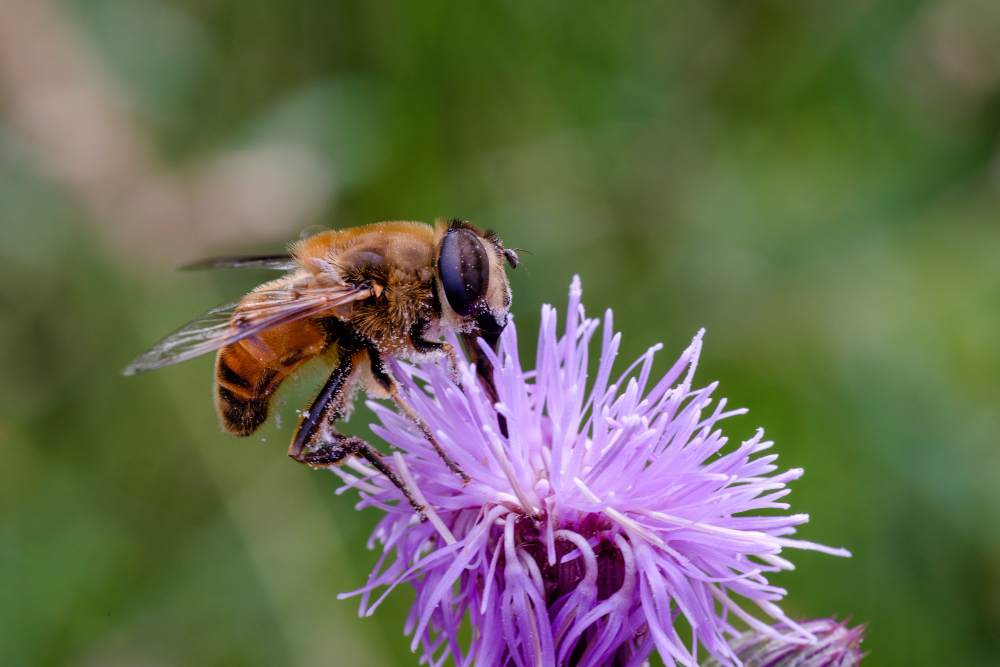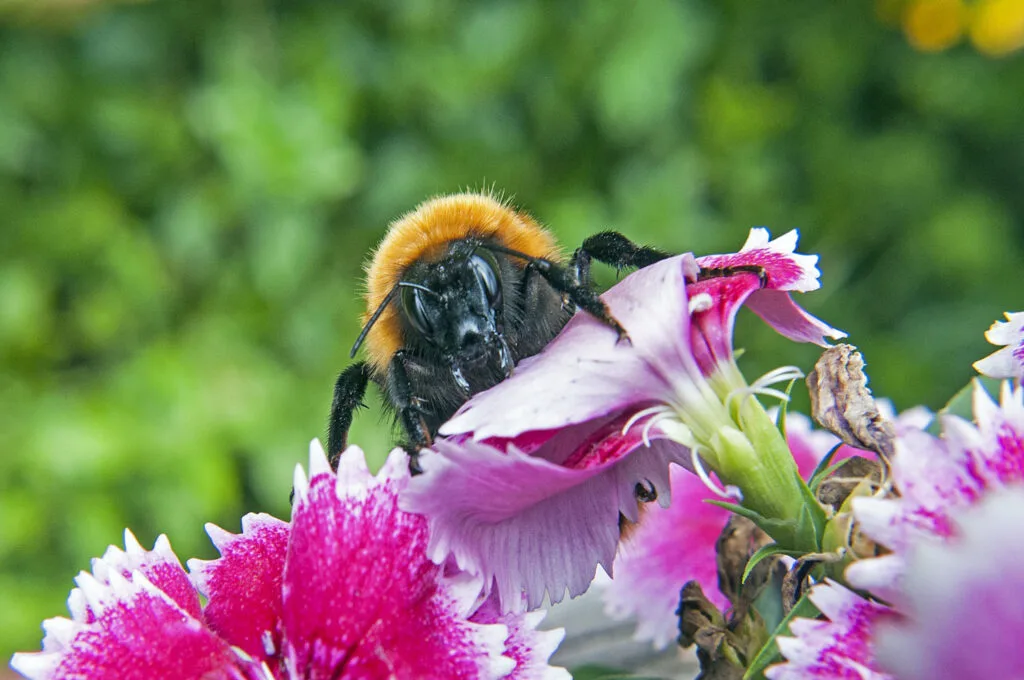Introduction
The Bombus alpinus (Alpine Bee) is a remarkable bumblebee species uniquely adapted to cold, high-altitude environments. Found in the alpine regions of Europe and parts of Asia, the Bombus alpinus (Alpine Bee) plays a key role in pollinating mountain wildflowers and sustaining fragile ecosystems.
With its thick, insulating coat and strong flight muscles, the Alpine Bee (Bombus alpinus) can thrive where few insects dare to go, even in unpredictable mountain weather. Its presence is a vital indicator of ecosystem health in alpine habitats.
Key Specifications of Bombus alpinus (Alpine Bee)
| Specification | Details |
| Scientific Name | Bombus alpinus |
| Common Name | Alpine Bee (Bombus alpinus) |
| Family | Apidae |
| Size | Queen: 18–22 mm; Worker: 10–15 mm; Male: ~14 mm |
| Appearance | Dense black and yellow hairs for insulation |
| Habitat | Alpine meadows, tundra, mountain slopes |
| Diet | Nectar and pollen from alpine wildflowers |
| Lifespan | Colony active for 3–4 months during short summers |
| Nesting | Ground cavities, rock crevices, abandoned rodent nests |
| Behaviour | Social adapted to cold climates |
| Conservation Status | Near Threatened due to climate change and habitat loss |
Habitat & Behaviour
The Bombus alpinus (Alpine Bee) inhabits cold, mountainous regions across Scandinavia, the Alps, and parts of Siberia. It nests in ground cavities, rock crevices, or abandoned rodent burrows, where insulation protects the colony from cold winds and snow.
This species is a social bumblebee, forming small colonies with a single queen and a workforce of up to a few hundred individuals. Despite harsh conditions, the Bombus alpinus (Alpine Bees) is an active pollinator throughout the short alpine summer.
Diet & Pollination Role
Feeding on nectar and pollen from alpine plants such as gentians, saxifrages, and alpine clovers, the Bombus alpinus (Alpine Bees) ensures the reproduction of high-altitude flora. Its long tongue allows it to access deep tubular flowers, making it indispensable for certain mountain species.
Life Cycle
The Bombus alpinus (Alpine Bee) follows a seasonal cycle shaped by alpine climates. Queens emerge in late spring, establish nests, and produce workers that forage throughout summer. By late autumn, only new queens survive to overwinter, ready to restart the cycle the following year.

Conservation & Climate Impact
Climate change poses the biggest threat to the Bombus alpinus (Alpine Bee). Warming temperatures push alpine vegetation zones higher, reducing available habitat. Conservation measures include protecting alpine meadows, maintaining floral diversity, and monitoring population trends.
FAQs about Bombus alpinus (Alpine Bee)
Q1. Where is the Alpine Bee found?
The Alpine Bee (Bombus alpinus) lives in high-altitude regions of Europe, Scandinavia, and northern Asia.
Q2. How does Bombus alpinus survive cold temperatures?
Its thick fur and strong flight muscles allow the Alpine Bee (Bombus alpinus) to stay warm and active in low temperatures.
Q3. What flowers does Bombus alpinus pollinate?
The Alpine Bee (Bombus alpinus) favours alpine plants such as gentians, saxifrages, and mountain clovers.
Q4. Bombus alpinus is it endangered?
The Alpine Bee (Bombus alpinus) is considered Near Threatened, facing risks from climate change and shrinking alpine habitats.
Q5. How can we help Bombus alpinus conserve it?
Protecting alpine meadows, reducing greenhouse emissions, and planting native mountain flowers support Alpine Bee (Bombus alpinus) survival.







